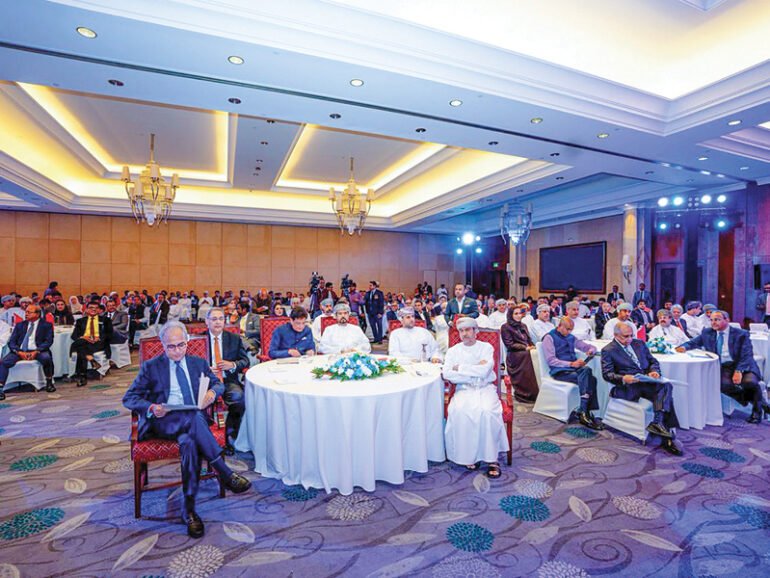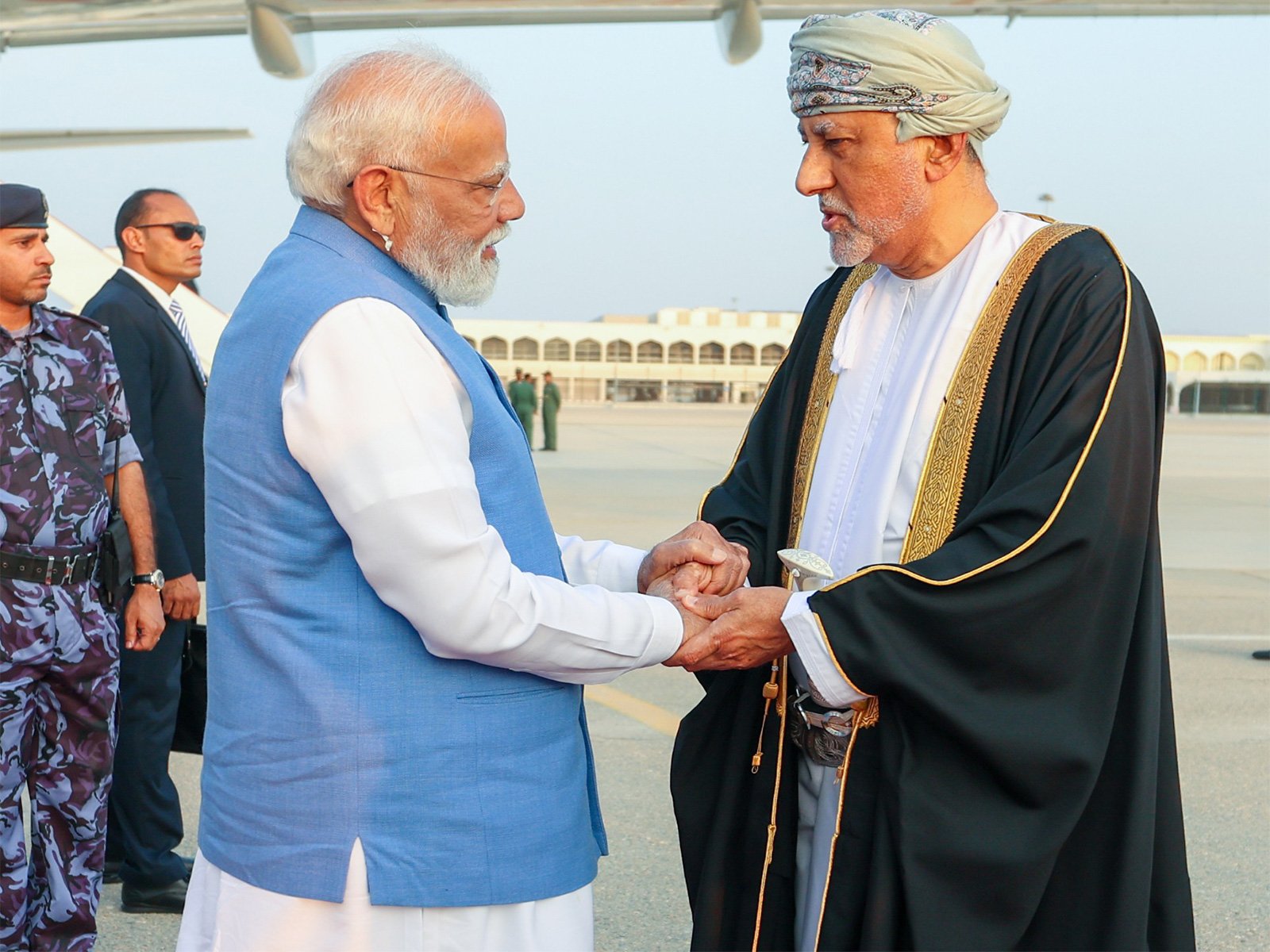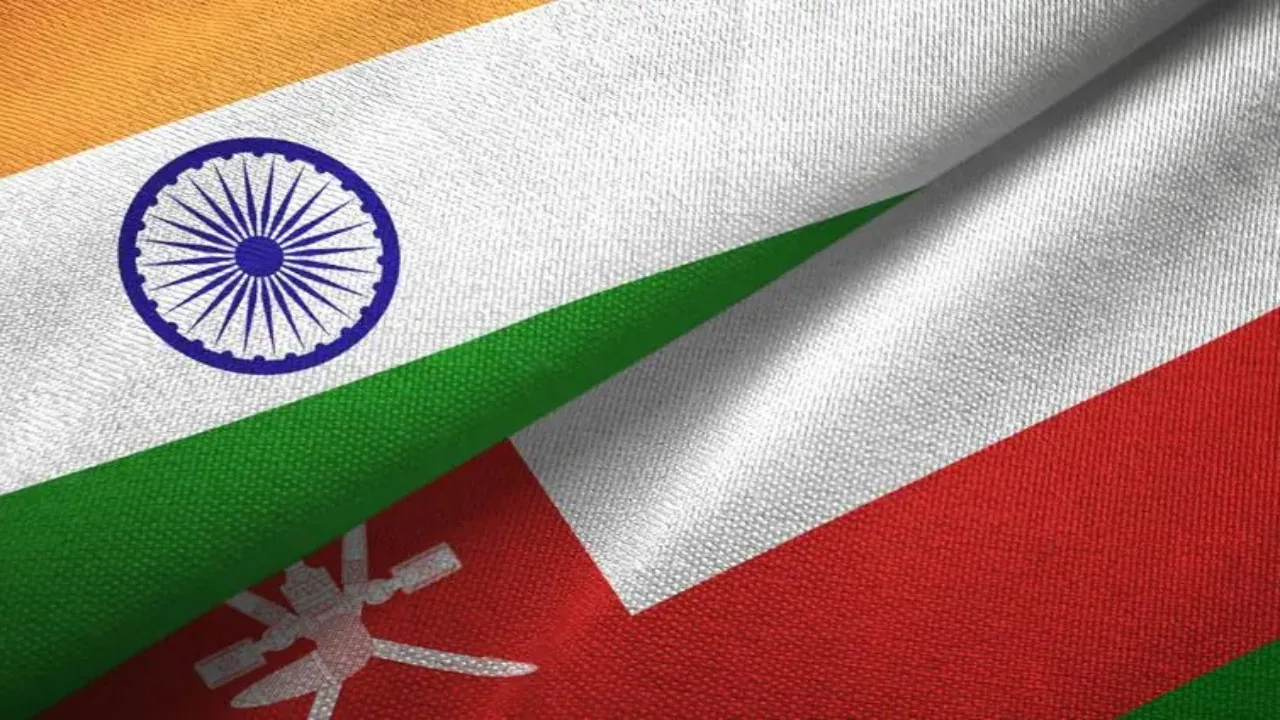The Rajputs and several political leaders have argued that Maharana Pratap rather won the battle fought on June 21, 1576. However, some historians say that while the Battle of Haldighati was a significant event, it did not result in a decisive victory for either side.
Down the ages, recorded history has not always been sacrosanct and true. More often it is a gross misrepresentation of facts and events, the sole prerogative and right of kings and conquerors, not of the vanquished or those deliberately relegated to such a position despite their valour and glory on the battlefield.
Such skewed perspectives were perhaps the result of unscrupulous elements close to the epicenter of power. Or perhaps a direct consequence of the ambition, greed for power and self-aggrandizement of the rulers themselves.
Such aberrations are numerous on the world stage. But the focus here is on a dramatic chapter in Indian History that until recent times was wrongly believed to be true: A Mughal victory that never happened at all, how history has at last been validated with Maharana Pratap as the actual victor at the historic Battle of Haldighati, June 21, 1576.
And all this made possible through the crusading and untiring efforts of a single woman, the Deputy Chief Minister of Rajasthan, Diya Kumari
At a recent function in Rajasthan’s state capital Jaipur, the Deputy CM said Haldighati was in fact a victory for Maharana Pratap, the ruler of Mewar, and not the Mughal forces of Emperor Akbar.
A day earlier, Rajasthan Governor Haribhau Bagade claimed that several inaccuracies have been recorded in Indian history due to the early influence of British historians.”
What happened in 2021?
Previously, In 2021, the Archaeological Survey of India (ASI) decided to remove a commemorative plaque at the battle site because it had claimed a contrary view that projected a Mughal victory.
Thereafter, members of the Rajput community and some public representatives had requested the Union Ministry of Tourism and the culture minister Arjun Ram Meghwal to remove the plaques.
Haldighati’s historical background
Scion of the Sisodia clan, Maharana Pratap, was the Rajput ruler of Mewar, in Rajasthan. Despite facing overwhelming odds, Maharana Pratap refused to surrender and continued his struggle to protect his homeland and uphold Rajput honor.
History books claim, the Battle of Haldighati, was won by the Mughal forces led by Man Singh of Amber, but victory was not decisive. Maharana Pratap, the leader of the Mewar forces, and his army were driven from the battlefield, but he escaped uncaptured and continued to resist Mughal control.
The battle was part of Akbar’s as plan to expand control. Over the years, there have been several questions raised about who actually won the battle.
The Maharana retreated to the hills and the Mughal army suffered heavy casualties. Akbar’s forces led by Raja Man Singh, did not achieve their objective of capturing or killing Maharana Pratap.
Chetak, Maharana Pratap’s legendary horse, is often described as having a bluish sheen or tint to his coat, which is why he is sometimes referred to as the “blue horse” It is also described as having a neck like a peacock and a long face with expressive eyes. Some sources also mention that he was a Kathiawari breed.
How did Haldighati get its name
Haldighati’s name comes from the yellow-colored soil of the region, which resembles turmeric (haldi in Hindi) a characteristic feature of the Aravalli Range in Rajasthan where Haldighati is located.
Haldighati is a famed mountain pass in the hills of the Aravalli Range. The pass, about 40 kilometres from Udaipur, connects the districts of Rajsamand and Pali.
The site of the battle lies at the south-west side of Nathdwara
In 1997, the Government of India proposed and constructed the Maharana Pratap National Memorial, and it is today dedicated to the spirit and valour of the Rajput King. The memorial, a cenotaph with white marble columns, displays a bronze statue of the Maharana astride atop Chetak.








